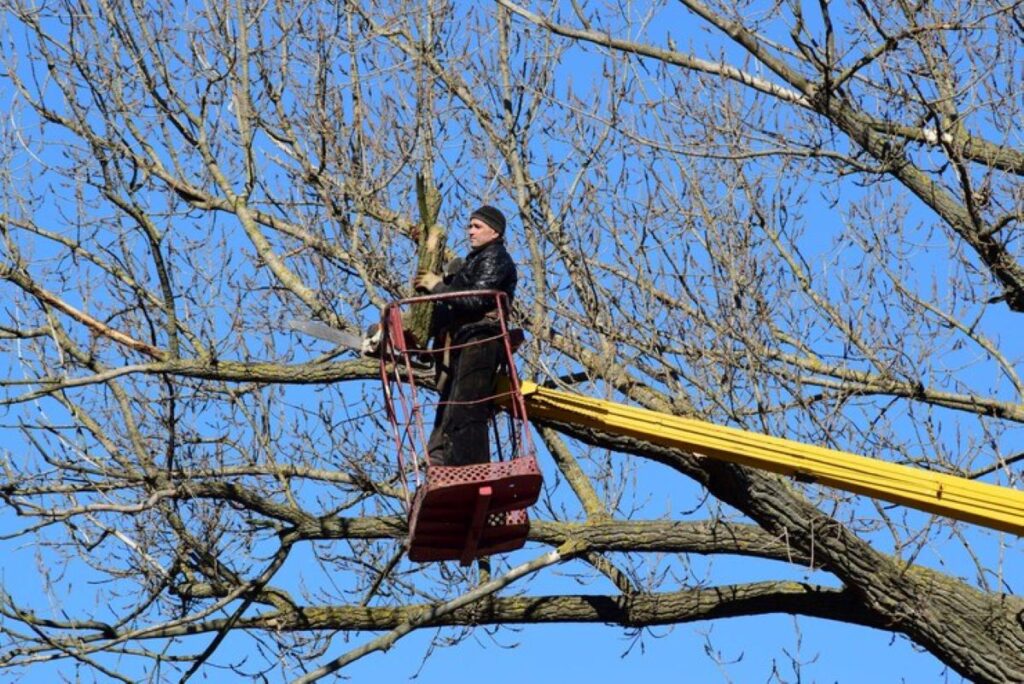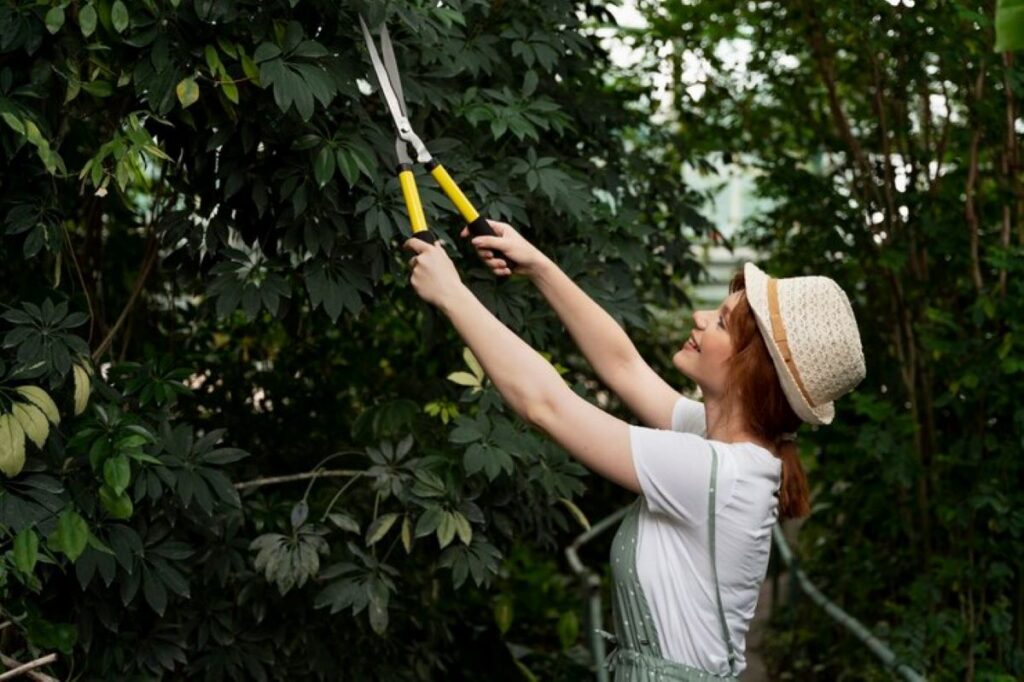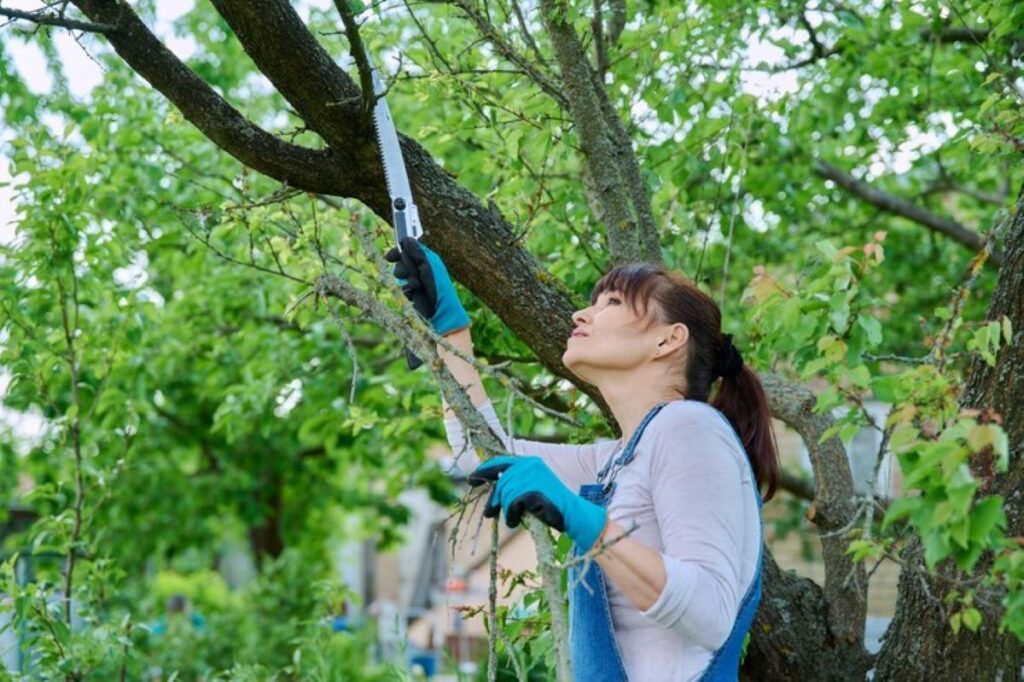Tree pruning is a vital aspect of maintaining the health and longevity of trees, particularly in urban environments like Sydney. With its diverse range of tree species and varying climatic conditions, the importance of proper tree care cannot be overstated. This article explores the numerous benefits of tree pruning, the best practices involved, and how it contributes to the overall ecosystem in Sydney.
The Importance of Tree Pruning
Proper tree pruning is not merely an aesthetic choice; it is a crucial practice that promotes tree health and safety. Regular pruning helps to remove dead or diseased branches, encourages healthy growth, and prevents potential hazards. In a bustling city like Sydney, where trees coexist with urban infrastructure, the need for effective tree management is paramount.
Enhancing Tree Health
One of the primary reasons for pruning trees is to enhance their overall health. By removing diseased or damaged branches, the tree can redirect its energy towards new growth. This practice not only helps in maintaining the tree’s vitality but also reduces the risk of disease spreading to other parts of the tree or nearby plants.
Moreover, proper pruning techniques can improve air circulation and sunlight penetration within the canopy. This is particularly important in dense urban areas where trees may be competing for resources. Improved air circulation helps to prevent fungal infections, while adequate sunlight ensures that leaves can photosynthesise effectively, leading to a healthier tree. Furthermore, pruning can stimulate the growth of new shoots, which can enhance the tree’s overall appearance and encourage the production of flowers and fruits, contributing to the local ecosystem by attracting pollinators.
Safety Considerations
In urban settings, safety is a primary concern. Overgrown trees can pose significant risks to pedestrians, vehicles, and property. Branches that extend over roads or footpaths can become hazards during storms or high winds, leading to potential injuries or damage. Regular pruning helps to mitigate these risks by ensuring that branches are kept at a safe distance from infrastructure.
Additionally, pruning can help to maintain the structural integrity of the tree. By selectively removing branches that are weak or poorly positioned, the tree is less likely to suffer from breakage during adverse weather conditions. This proactive approach not only protects the tree but also the surrounding environment. It is also worth noting that trees with a well-maintained structure are more resilient to pests and diseases, as they are less stressed and better able to defend themselves. In this way, tree pruning serves as a vital component of urban forestry management, ensuring that our green spaces remain safe and thriving amidst the challenges of urban life.
Best Practices for Tree Pruning
To achieve the best results from tree pruning, it is essential to follow best practices that take into account the species of the tree, its growth habits, and the desired outcomes. Understanding these factors can significantly impact the health and appearance of the tree.
Timing Is Key
Timing plays a crucial role in effective tree pruning. The ideal time for pruning varies depending on the species of the tree. Generally, late winter or early spring is considered the best time for most trees, as they are still dormant and can recover quickly from pruning wounds. However, some species may benefit from summer pruning, which can help to control growth and shape the tree.
It is also important to avoid pruning during periods of active growth or during extreme weather conditions, as this can stress the tree and lead to further complications. Understanding the specific needs of each tree species is vital for successful pruning. For instance, flowering trees such as cherry or magnolia should be pruned shortly after they bloom to avoid cutting off next year’s flowers. This nuanced understanding of timing can make a significant difference in the overall health and aesthetic appeal of the tree.
Utilising Proper Techniques
Employing the right pruning techniques is essential for minimising damage to the tree. The three-cut method is commonly recommended for larger branches. This technique involves making an initial undercut to prevent the bark from tearing, followed by a top cut to remove the branch, and finally, a flush cut to eliminate the stub. This method helps to promote healing and reduces the risk of infection.
Additionally, it is important to avoid excessive pruning, known as “topping,” which can severely damage the tree and lead to poor growth. Instead, focus on selective pruning, which encourages a natural shape and allows the tree to thrive. Moreover, using sharp, clean tools is crucial; dull blades can crush and damage the bark, making it more susceptible to disease. Regular maintenance of your tools not only ensures clean cuts but also promotes a safer working environment. Furthermore, when pruning, always step back periodically to assess the overall shape and balance of the tree, ensuring that the final result is aesthetically pleasing and healthy.

The Environmental Benefits of Tree Pruning
Beyond individual tree health, pruning has significant implications for the broader environment. Trees play a crucial role in urban ecosystems, contributing to air quality, biodiversity, and climate regulation. Pruning helps to ensure that these benefits are maximised.
Promoting Biodiversity
Healthy trees provide habitats for various species, including birds, insects, and small mammals. By maintaining tree health through regular pruning, it is possible to support these ecosystems. A well-pruned tree can produce more flowers and fruits, which in turn attract pollinators and other wildlife.
Moreover, pruning can help to manage invasive species that may threaten local biodiversity. By removing invasive branches or trees, native species can thrive, contributing to a healthier ecosystem overall. This practice not only fosters a balanced habitat but also encourages the growth of native flora, which is essential for sustaining the local fauna. For instance, certain birds rely on specific trees for nesting and feeding; thus, maintaining these trees through careful pruning can lead to increased bird populations, enhancing the vibrancy of urban wildlife.
Improving Air Quality
Urban areas like Sydney often struggle with air pollution, making the role of trees even more critical. Trees act as natural air filters, absorbing pollutants and releasing oxygen. By ensuring that trees are healthy and well-maintained through pruning, their ability to improve air quality is enhanced. A healthy canopy can capture more particulate matter and provide shade, which helps to cool urban environments.
Additionally, trees contribute to the reduction of urban heat islands, a phenomenon where city areas become significantly warmer than their rural surroundings due to human activities. Pruning allows trees to grow more effectively, creating denser canopies that not only filter air but also provide much-needed shade during hot summer months. This cooling effect can lead to reduced energy consumption in buildings, as less air conditioning is needed, thus indirectly contributing to lower greenhouse gas emissions. Furthermore, the presence of well-pruned trees can encourage outdoor activities, promoting a healthier lifestyle for urban residents while fostering a deeper appreciation for nature in city landscapes.
Hiring Professionals for Tree Pruning
While some tree pruning tasks can be undertaken by homeowners, hiring a professional arborist is often the best course of action for larger or more complex jobs. Professional tree care services possess the expertise and equipment necessary to ensure that pruning is done safely and effectively.
Expertise and Experience
Professional arborists are trained to understand the specific needs of different tree species and the best practices for maintaining their health. Their experience allows them to identify potential issues that may not be immediately apparent to the untrained eye. By engaging a professional, tree owners can ensure that their trees receive the care they need to thrive.
Additionally, professionals are equipped with the right tools to perform pruning safely. This not only protects the tree but also reduces the risk of injury to the person doing the pruning. Safety should always be a priority, especially when dealing with large trees or those located near power lines.

Long-Term Tree Management
Hiring a professional arborist also provides the benefit of long-term tree management. Regular assessments and maintenance can be scheduled, ensuring that trees remain healthy and well-pruned throughout their lifespan. This proactive approach can prevent costly removals or emergency interventions in the future.
Conclusion
Tree pruning is an essential practice for maintaining the health and safety of trees in Sydney. By enhancing tree health, ensuring safety, and contributing to environmental benefits, regular pruning plays a vital role in urban forestry. Understanding the best practices for pruning, the timing involved, and the importance of professional assistance can lead to healthier trees and a more sustainable urban environment.
As Sydney continues to grow and evolve, the importance of tree care will only increase. By prioritising tree pruning, residents can help to ensure that the city’s green spaces remain vibrant, safe, and beneficial for generations to come. Investing in the health of trees is not just an investment in aesthetics; it is an investment in the overall health of the community and the environment.
Related : Hedge Maintenance Tips to Keep Your Garden Looking Sharp


